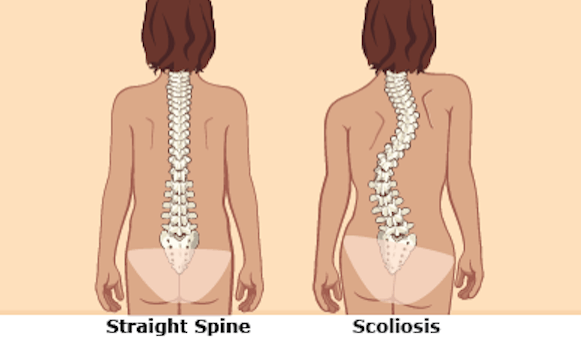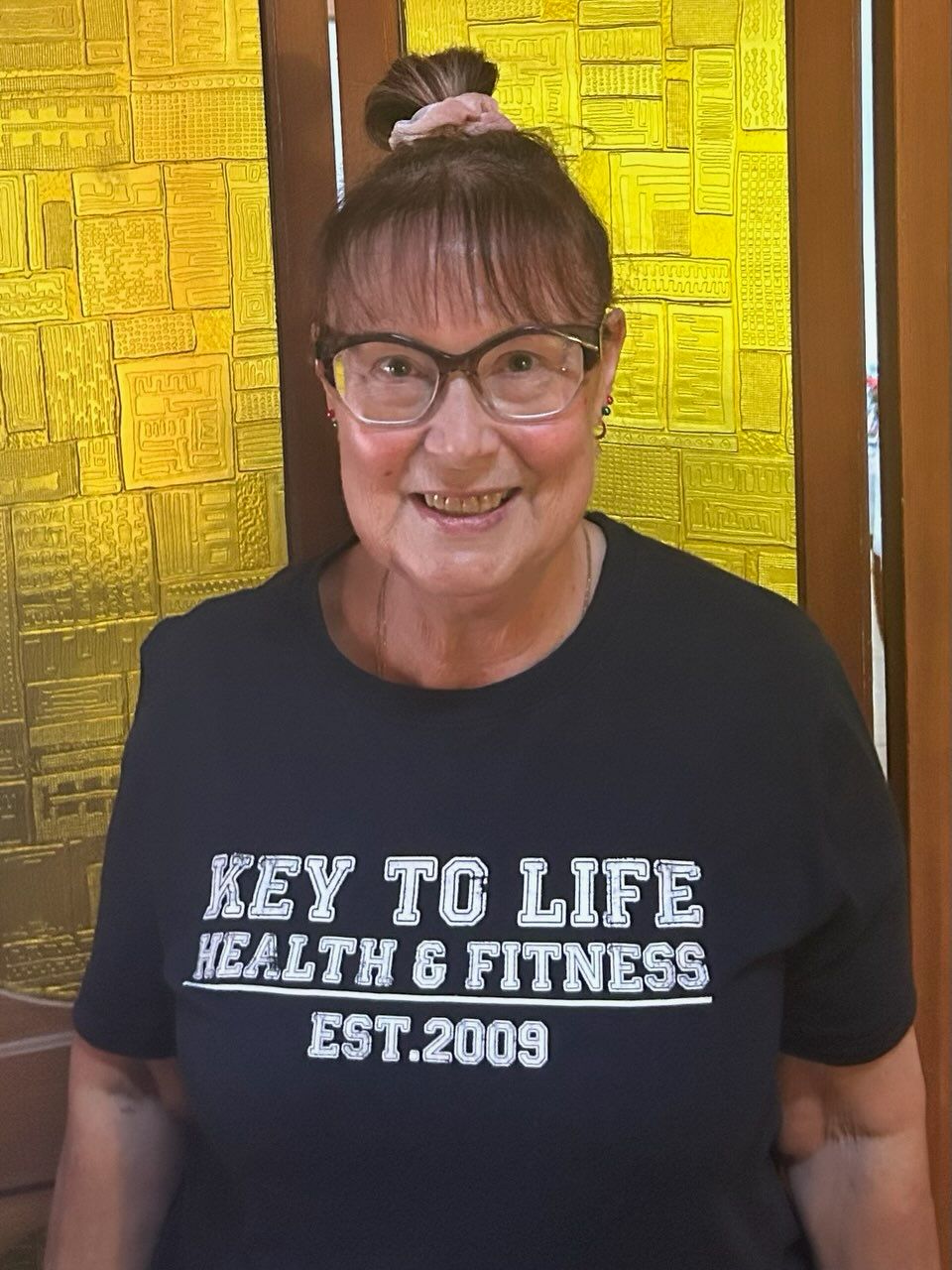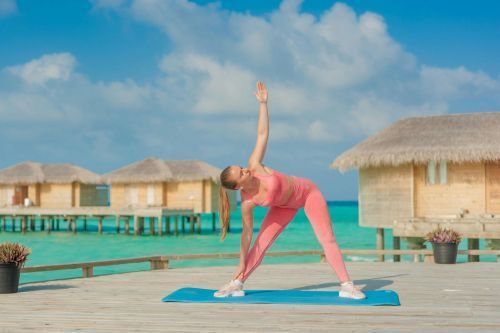6 common questions about scoliosis
6 common questions about scoliosis

What if you could minimise the scoliosis?
In most cases the ideal time for identifying, treating or monitoring scoliosis, for the best long term effect, is during adolescents or as children. Because the growing body is more adaptable to changes before the spine is fully formed in late teens/ early 20s.
Pain is the main reason people look to osteopaths and other health professionals for help. Scoliosis doesn’t always cause pain which is why you need to know what to look for.
What is scoliosis?
Scoliosis is a condition that affects the spine and is when your spine has a sideways bend greater than 10 degrees.
It can look like an S or C shape curve of the spine when you look at their back. It is commonly noticed in adolescents or in the elderly. It is more common in girls and there is often a family history of scoliosis.
For the most common type of scoliosis there isn’t a known reason as to why it occurs. Scoliosis can be associated with particular conditions including neurological, congenital, traumatic and degenerative conditions.
If left untreated then it can lead to spinal deformity and issues such as long term pain and early spinal degeneration.
What are the symptoms?
Symptoms can include a low grade ache in the back or there may be no pain at all. This is why sometimes they can be unnoticed until later in life.
Scoliosis can progress rapidly in children in particular and so being able to identify physical features can help catch it early. If curves are going to progress this will often occur during growth spurts.
Things to look for in their posture
Are their shoulders even?
Is one hip higher than the other?
Is there a crease on one side of the waist but not the other?
Are they leaning to the side?
Does one shoulder blade stick out more than the other?
Can you see or feel when tracing their spine and “S” or “C” shape curve?
When they bend forward to you see one side of their back or ribs sticking out more than the other side?
Do I need an Xray ?
Visual inspection can give a good indication of a scoliosis but an x-ray allows the diagnosis to be confirmed and the degree of the curve to be better monitored and allows a more informed treatment plan to be created.
I am concerned about the radiation from an X-ray?
We are exposed to natural background radiation every day.
The amount of radiation exposure involved in an x-ray for scoliosis monitoring is equivalent to between 0-18 days of natural radiation. Or less than 2 trips on a 7 hour plane ride.
The small amount of radiation exposure from an x-ray is something that will be considered by your health professional but often the consequences of an unmonitored and progressing scoliosis are more severe than the risks involved with increased radiation exposure.
What are the complications of scoliosis?
Appearance changes which can impact self image and confidence
Pain in other parts of the body from compensating postures
Chronic pain
Heart and lung problems for curves with large scoliosis - due to the changing shape of the chest greater stress can be put on these structures limiting their function and causing problems
What are the treatment options?
It all depends on the stage or degree of spinal curve and age of the patient. If it is caught early exercises and monitoring may be all that is needed until the bones finish growing.
If there is a large scoliosis some options may include bracing the back and if the curve is severe enough surgical options may be considered.
Braces are most commonly used when you are still growing, they don’t aim to reverse the scoliosis but help to prevent the progression of the curve and encourage correction of the curve.
Physical hands on treatment from a health professional such as an Osteopath may help with symptoms such as pain or compensating injuries and help in the monitoring of the scoliosis.
It is important that scoliosis is monitored as they can rapidly progress and lead to more serious complications.
The best chance to correct and minimise a scoliosis curve is early detection. Now you know what to look for so keep your eyes open and look after those around you. If you have any concerns see your trusted health professional.







